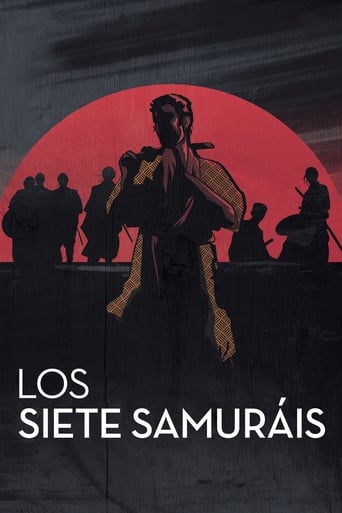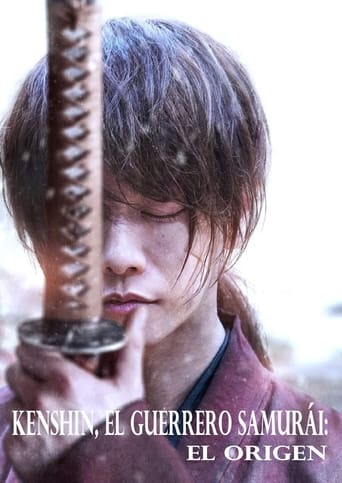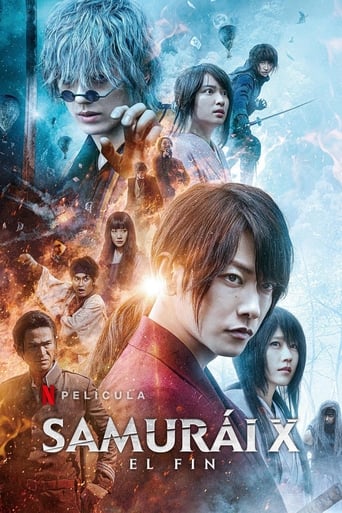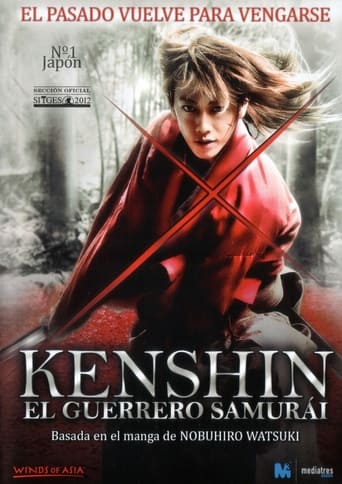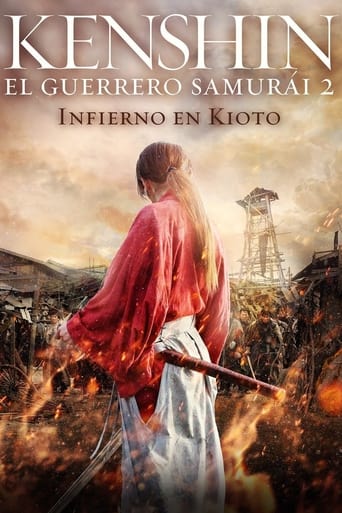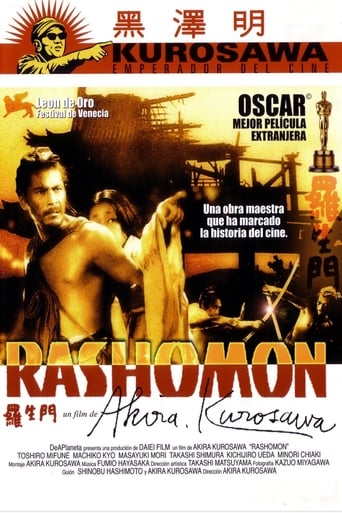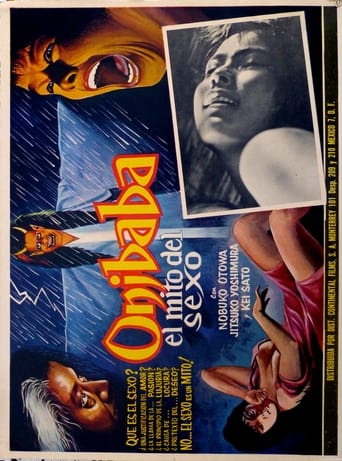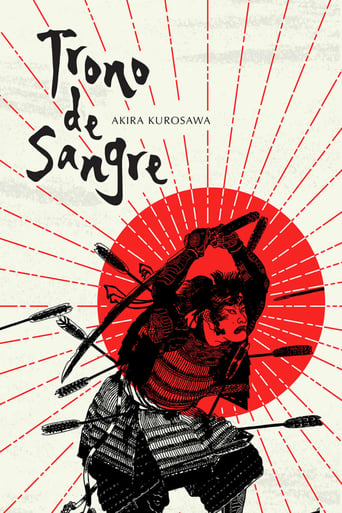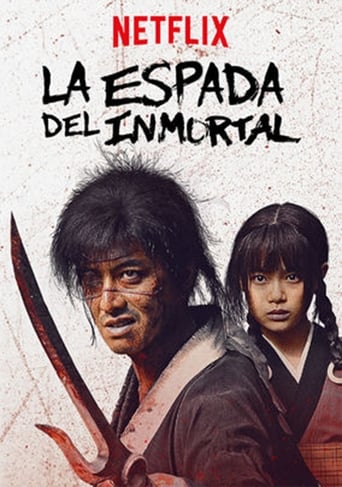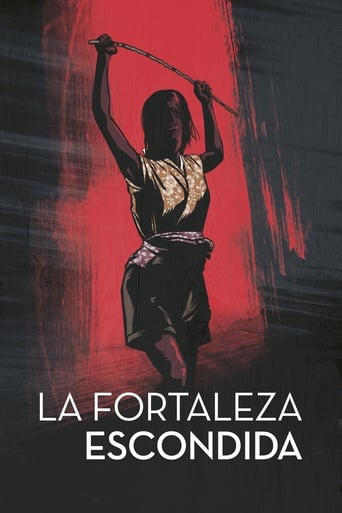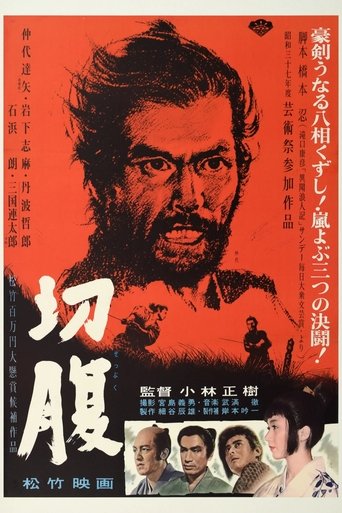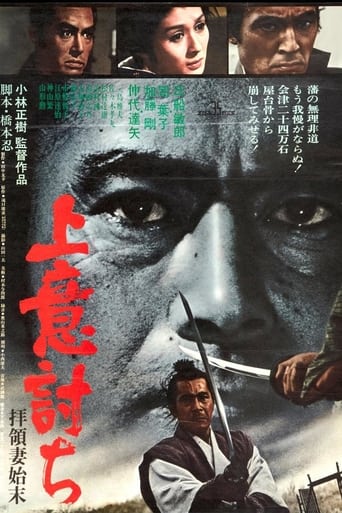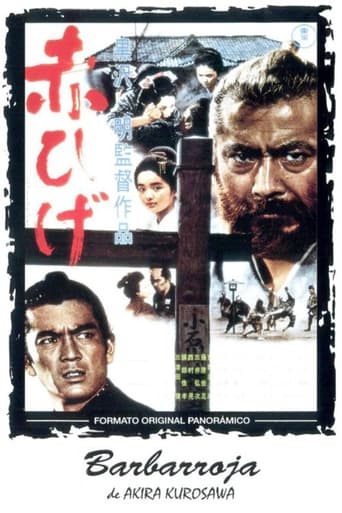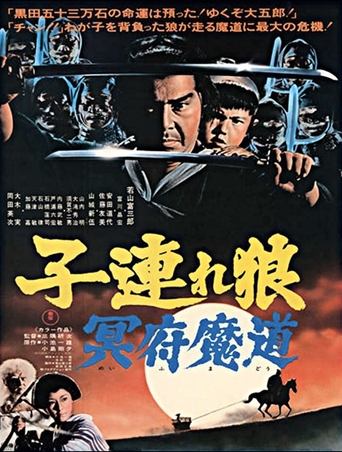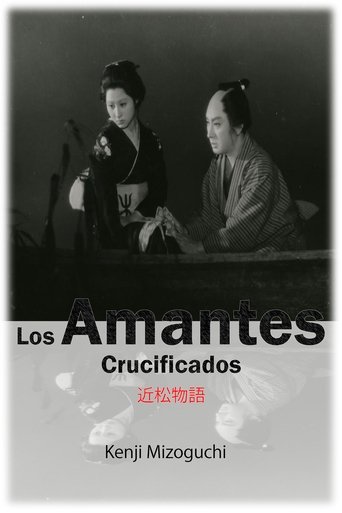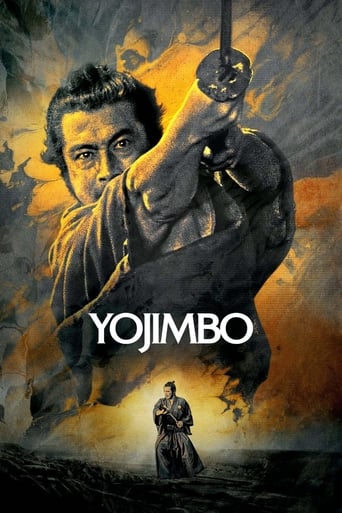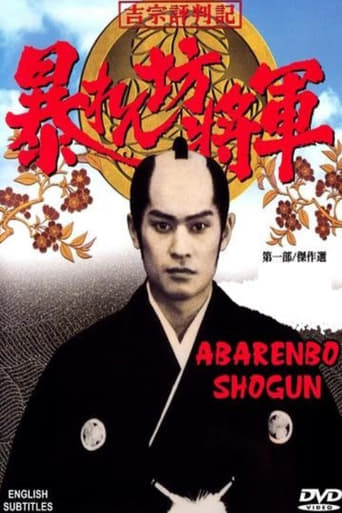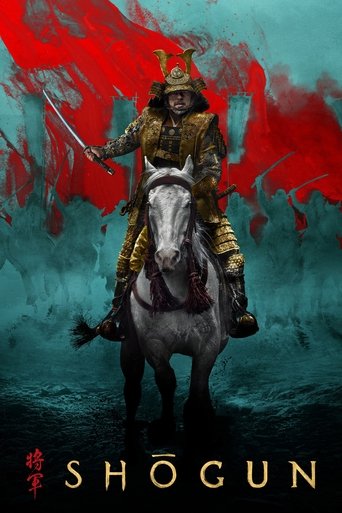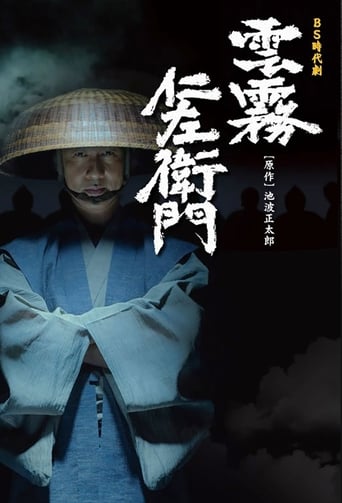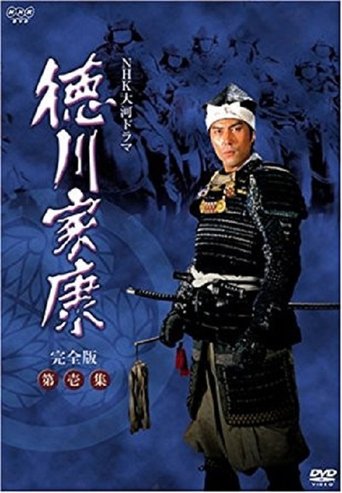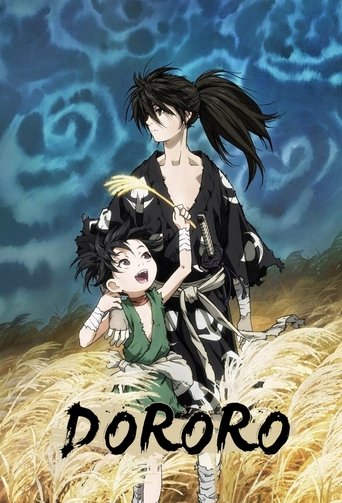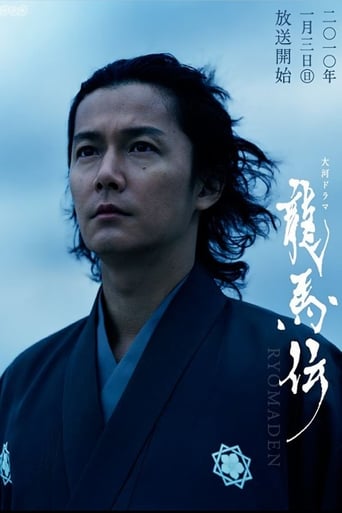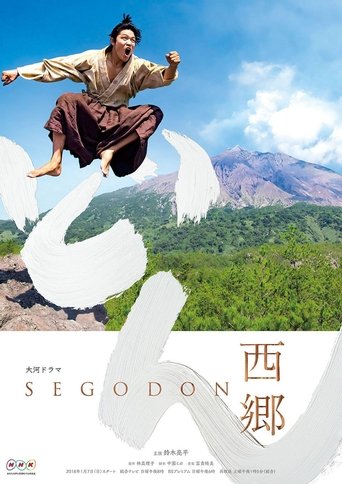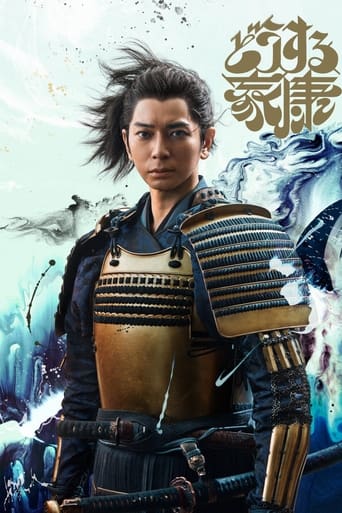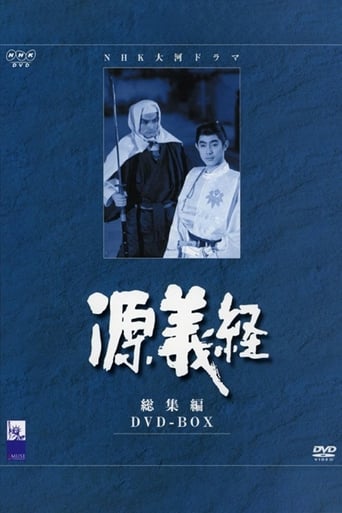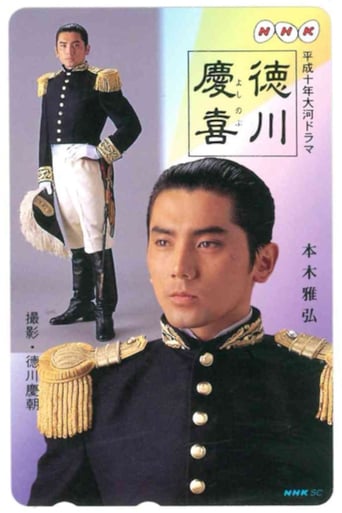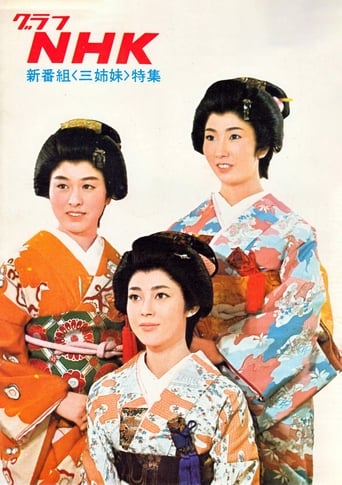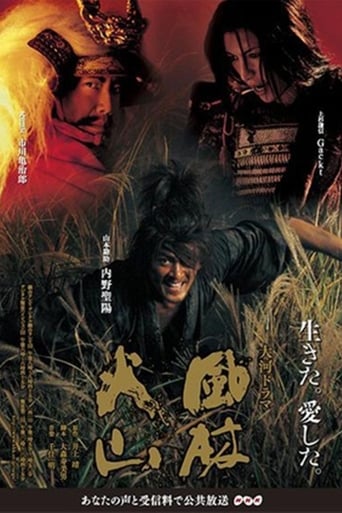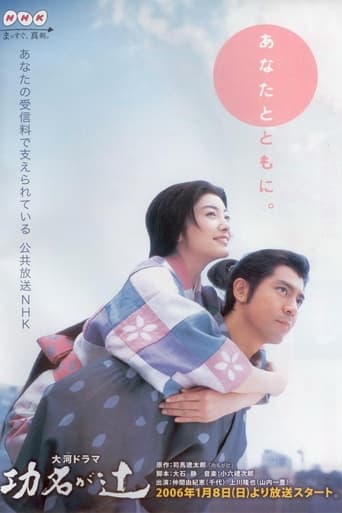El ascenso al poder del joven y sanguinario Lord Naritsugu supone una seria amenaza para la paz en el Japón feudal. Simplemente por ser el hermano del shogun, Lord Naritsugu está por encima de la ley, y asesina y viola a su antojo. Afligido por la masacre perpetrada por el sádico Naritsugu, el oficial Sir Doi contacta secretamente con el samurái Shinzaemon Shimada para acabar con Naritsugu. El noble samurái, indignado por la crueldad de Naritsugu, acepta de buen grado la peligrosa misión. Para ello, reúne a un selecto grupo de samuráis, entre los que se encuentra su sobrino Shinrokuro y el devoto aprendiz Hirayama. Juntos, traman una emboscada para atrapar a Lord Naritsugu. Shinzaemon es consciente del peligro que conlleva. Naritsugu va escoltado por una comitiva encabezada por el letal e implacable Hanbei, uno de sus antiguos rivales. Los “13 asesinos” de Takashi Miike es un remake del film homónimo dirigido por Eichi Kudo en 1963.
